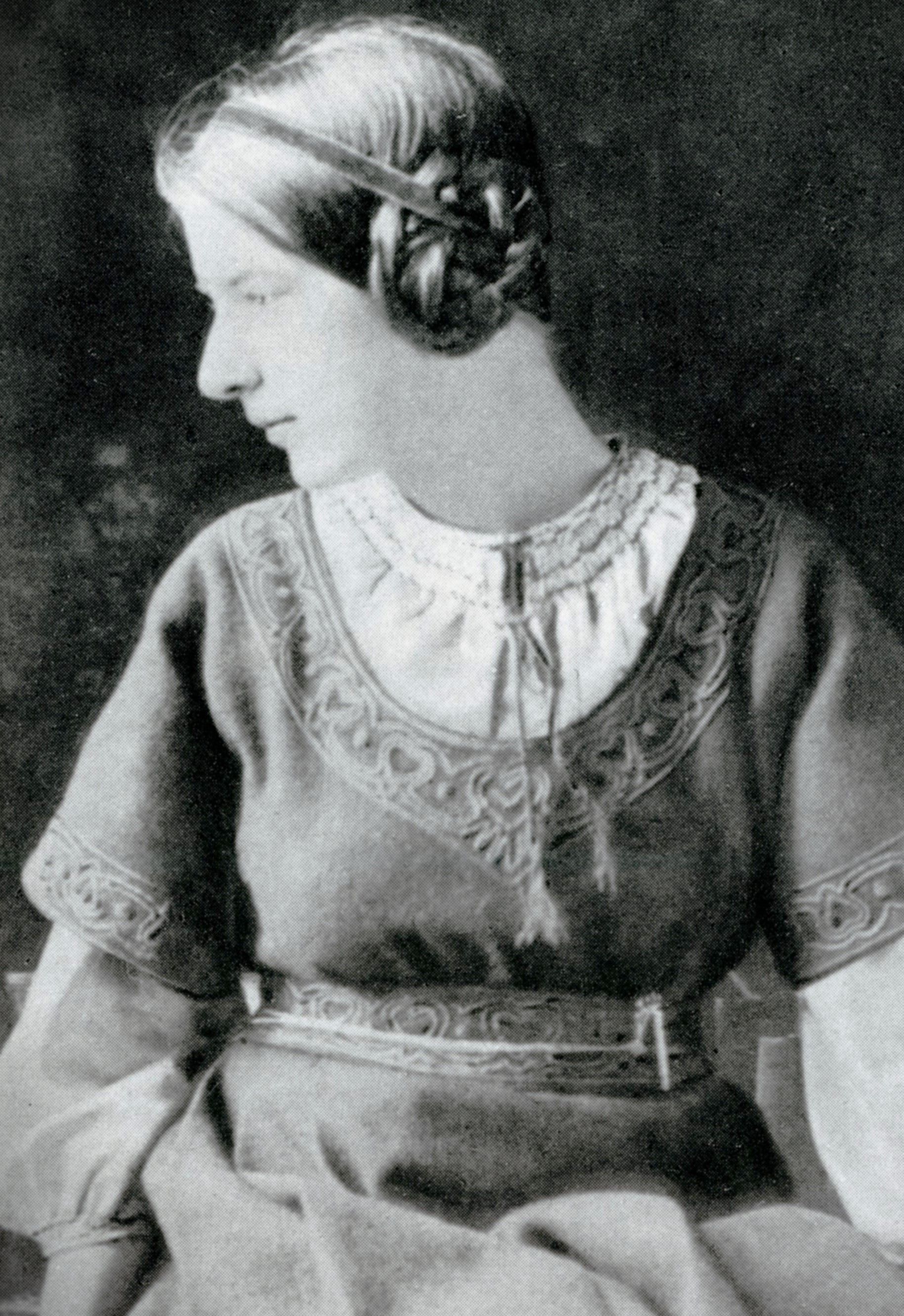Thursday's Columns
May 1, 2025
Our
Story
by
Lawrence Abby Gauthier
ace reporter
The Westphalia Periodic News
Next Stop, Mars
Part 3
(NEWS FLASH! Treasury Secretary Bessent urges return to “original mission” of Bretton Woods.)
The highway to Mars goes through Bretton Woods, New Hampshire, a small, out-of-the-way village at the foot of Mount Washington nestled into the Atlantic coastal range.
In 1944, when the town first came to the attention of the world, you could only get there by passenger train, over windy passes, through deep, forested valleys. Locals waved whenever the train came to town with supplies, visiting relatives and the mail.
Products are often named after the town where they were invented or produced. Like Milwaukee Tools. Omaha Steaks. I grew up near Kingsford, Michigan, home of Kingsford Charcoal Briquettes. Football teams are named after towns… Green Bay Packers. Ideas, too, are sometimes named after a town. There is, in fact, an Idea that’s named after the village in New Hampshire on the road to Mars. It’s a special kind of Idea — it’s morphogenic… the kind of Idea that shapes the world in which we live.
I think morphogenic ideas come to people during those unannounced moments of curious clarity when we suddenly see the obvious in a complex world. I’ve written here before that I call those moments Bean Visions.
I once imagined that Karl Polanyi had a Bean Vision in the Hudson River Valley.
Last year, there was a story in the London Guardian about Polanyi under the headline: THE GREATEST THINKER YOU’VE NEVER HEARD OF.”
I first heard about Karl Polanyi (1866-1964) maybe twenty years ago, during my truck driving days. It was shortly after I had decided to write a book about economics. Even though I lived in a truck, I had internet access to the libraries of the world, my own whole research department, and that’s where I first met Polanyi.
I thought about Polanyi a lot back then, during my truck driving days, especially when I was on I-87 in northern New York to pick up a load at one of the many paper mills along the Hudson River north of Albany.
Much of America’s earliest literature came out of the Hudson River Valley. Sleepy Hollow, the headless horseman. Even on a modern Interstate, the Hudson Valley has a spooky feel, like old castles along the Rhine. I imagined it was where Polanyi had the Bean Vision. I imagined that I could feel Polanyi’s presence there.
I imagined he was driving his car from Montreal to his job as an economics professor at Columbia University in New York City.
It was a strange situation. He had to commute to his job all the way from Canada because the American State Department had refused to grant his wife a visa to live in America. Her ideas were too radical. She had a radical past.

Ilona
Ilona Duczynska (1897-1978) was still in high school in Vienna at the beginning of WWI when she first joined the movement that would become the Russian Revolution of 1917. Tsarist Russia had gone to war against central and eastern Europe. Communists were against the war. The 15-year-old Ilona was against the war, too, and said so out loud. So she was expelled from school, joined underground communist cells, plotted assassinations, organized strikes and protests, delivered secret messages, carried weapons, had a codename, was imprisoned then freed by local armed partisans.
She met Karl Polanyi after the war while both were university students in Vienna. She was studying math and engineering. She wanted to build something new. He was studying economics. He’d been a Cavalry officer in the Austro-Hungarian Army during the war and had witnessed the horrors at the Russian front. He wanted to know why it had all happened in the first place so it wouldn’t have to happen again.
An educated Jewish couple with a daughter, they fled Europe one step ahead of the Nazis. First to England, where Karl taught economics and Ilona worked as a translator. Eventually, Karl was offered a position at Columbia University, but without an American visa, Ilona had to live in Canada and Karl would have to commute to work.
And, so, that’s why he would have been driving his car in the Hudson River Valley when he had the Bean Vision… his glimpse of the obvious… the morphogenic idea… or, that’s how I imagined it had happened.
I imagined that it had happened as he was driving past one of the valley’s many orchards, where farmers and nature combine to produce apples to be sold at market, when suddenly it hit him like an amphetamine dart — the obviousness of it all: Of course! Money does not grow on trees! That’s crazy. Money is not like apples, he realized. Apples are a commodity. Money is not.
Here the story slips down into the weeds where the occult language of economics is spoken.
He called his new idea “the commodity fiction of money.”
In a 2016 article entitled “Commodities: Karl Polanyi in the 20th Century” that appeared in the University of Michigan Journal of Economics, economist Claire Arp wrote:
“Commodity is a very common word in economics, but its meaning often becomes unclear. The technical definition of a commodity specifies that they are objects made for sale on a market that are treated as interchangeable with one another. These are usually resources: oil, apples, gold, lumber, the list goes on. Polanyi uses a more general definition, that commodities are simply anything produced to be sold on a market… A false commodity, then, is created when something that was not created for the purpose of sale on a market is treated as such… Polanyi identifies three key examples: land, labor, and money… Land is, obviously, not something that is produced at all. Money is just a signifier of value. And labor is quite literally human lives. All of these things bear little to no resemblance to the goods you might find at the grocery store or in shipping containers…”
"Polanyi concluded that all the industrial-scale barbarity of the 20th century had been the mathematically logical consequence of chasing after a fiction, like chasing after the Sirens of Titan with all our eggs in a single basket.
Driving my truck along I-87, I would imagine Polanyi in the persona of Jesus overturning tables in the Market where money was bought and sold.
But, as so often happens, what I had been imagining turned out to be not exactly true. My wife, Culley Jane, the retired professor and novelist, is always bugging me to double check the facts as I imagine them to be. She’s like Lou Grant in that way. Of course, she’s always right.
According to Wikipedia, Polanyi did not start his job at Columbia until 1947, but his Idea — “the commodity fiction of money” — had been the core concept of a book he'd published in 1944, The Great Transformation. So, what I had imagined could not be true. He must have had the Bean Vision someplace else years before.
His book came out just months before world leaders, trailed by a gaggle of international press people with cameras and notebooks, boarded the train to Bretton Woods, New Hampshire.
It’s fun to go to the computerized archives and read first-hand accounts of the event through the eyes of the locals. Historians have interviewed many of them and prepared written transcripts for the record — memories of the train conductors, depot workers, ticket-takers… memories of the day they brushed up against the likes of international newsmakers like Lord Keynes. Even President Roosevelt, though ailing, made the trip.
Although D-Day was still another month away, the Bretton Woods Conference had been convened to create a new economic system for the post-war world.
Polanyi was somewhere else when the conference was convened. He was not a delegate, not officially important. He was still a little-known economics theorist, a Jewish refugee with a communist wife struggling to make a living. But he was in harmony with what was decided at Bretton Woods. In 2017, Harvard economist Dani Rodrik wrote that the original Bretton Woods System was "very much Polanyian in spirit."
At the Conference, a consensus formed around the idea that the market where money was bought and sold was largely at fault for the 20th Century’s Thirty Years War and Depression. The Conference did not outlaw currency markets, but rendered them unprofitable by establishing a system of "fixed" foreign exchange rates. Where there's no instability there's no good bet on the ups and downs and money can be channeled into more productive schemes, like producing commodities and fulfilling dreams.
In 1971, astronauts were driving around in a land rover and hitting golf balls on the moon. Except for two more trips there the following year, we've never gone back. The Bretton Woods System had died. On August 15, 1971, Nixon had announced its end. Foreign exchange rates were once again allowed to “float.” Money started pouring back into the market where commodity fictions were bought and sold and suddenly there never seemed to be enough of it — the money, not even enough for one small step for mankind where we might catch our breath before continuing on to Mars.
Today, foreign exchange is the biggest market in the world, where upwards of eight trillion dollars are bought and sold on a typical day.
We think that if it's not the biggest story in the world, it's at least right up there near the top.
The Westphalia Periodic News supports the Trump Administration’s suggestion that we get back to the “original mission” of Bretton Woods, depending on their definition of "original mission."
(to be continued…)
